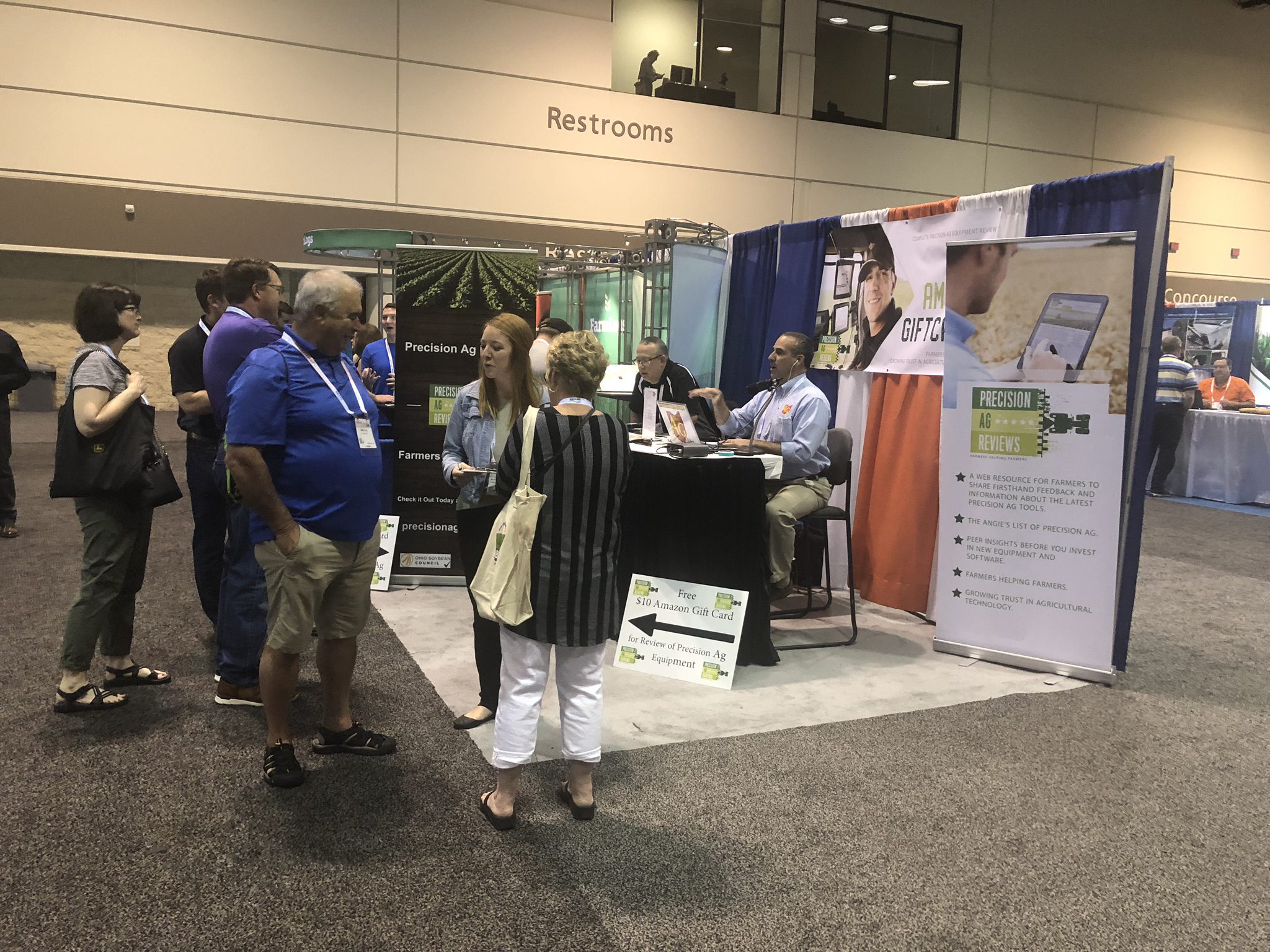Planting Outlook 2019
By Kayla Weaver
For many Ohio farmers the 2019 planting season is likely to be more pressing than usual. With a harvest that lasted well into winter for many, and into spring for some, producers were unable to get into the fields for typical post-harvest fieldwork. Ohio Soybean Council board members Scott Metzger and Nathan Eckel gave an update on their operations as they wait for conditions to come to together for planting.
Scott Metzger of Ross County in southern Ohio reports record rainfall last year that was followed by 14 inches of precipitation from January through March of 2019 leaving the ground saturated moving into April. For Metzger, harvest wrapped up the first weekend of December, but some producers in the area still had crops standing into the spring. With the late harvest and wet conditions, much of the tillage work and spraying that would have been tended to in the fall was unable to be completed.
While Metzger is hoping for a normal planting season this year, he’s considered some of the changes that could be made to switch some acres of corn to soybeans or vice versa depending on how conditions shape up and when planting can begin. Changes for Metzger this year include adding more non-GMO beans into the mix to try to capture some additional markets.
Nathan Eckel of Wood County in Northwest Ohio also had a late harvest that extended into mid-December when frozen ground allowed them to get finished up. Current concerns are determining if wheat fields will come out of dormancy or if those acres will need to be planted to a different crop. Limited opportunity for post-harvest field work also has him looking at a race to get fields prepped for planting this spring.
Eckel is planning to stick with what works and continue on last year’s success of planting a later season variety of soybeans in 30-inch rows. He’s also hoping to build on their current conservation efforts and take advantage of some new water quality funding programs to expand buffer strips around their cattle operation from the current 30-120 feet up to 300 feet.
Being in the Lake Erie Watershed he is very conscious about how they handle nutrient management and hopes to see some more simplified processes in the future that fit into typical crop rotations with streamlined sign up processes to get more farmers on board.
However, he also knows it’s not a one size fits all approach and each farm and farmer is unique and will have different combinations of practices that will work for them and

